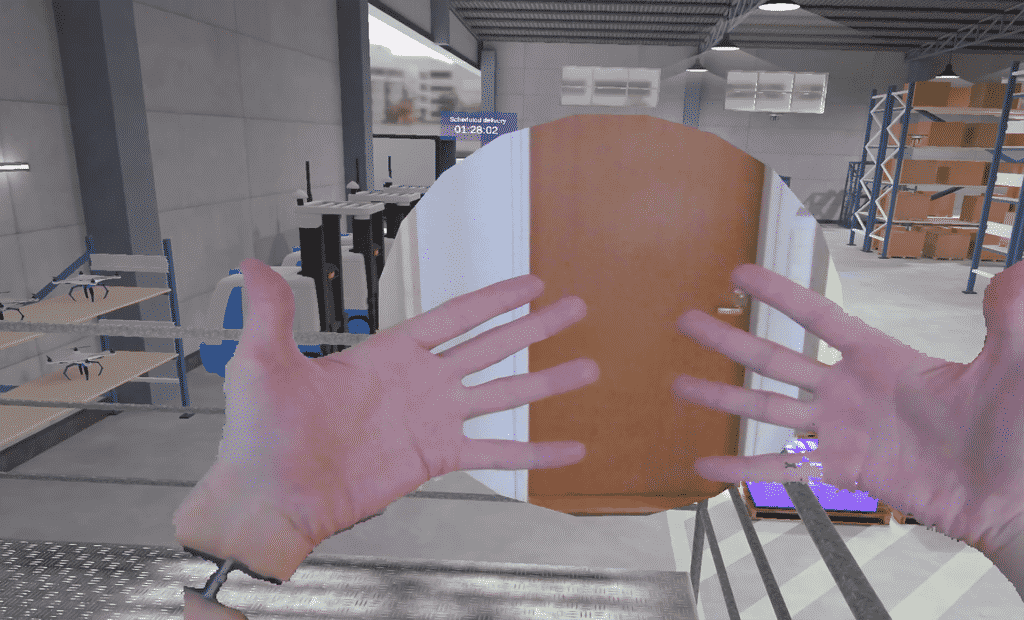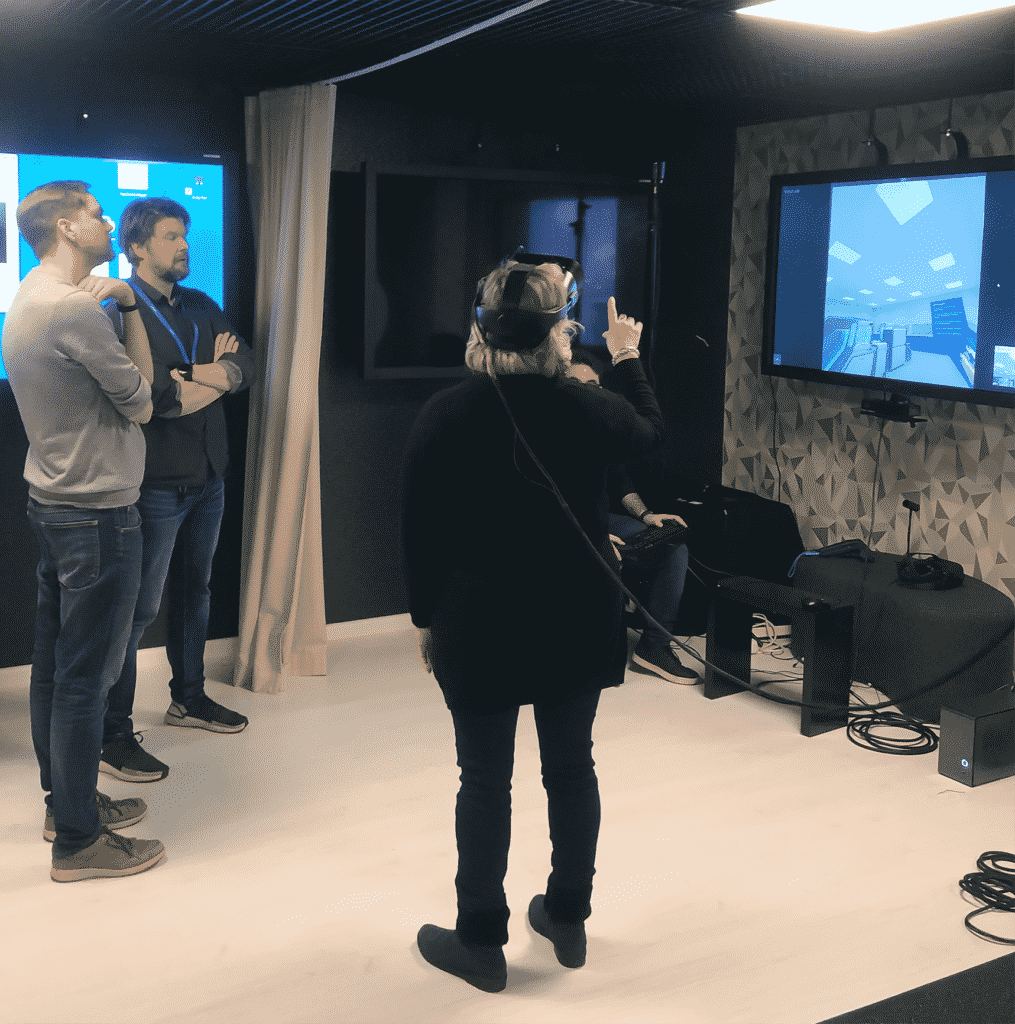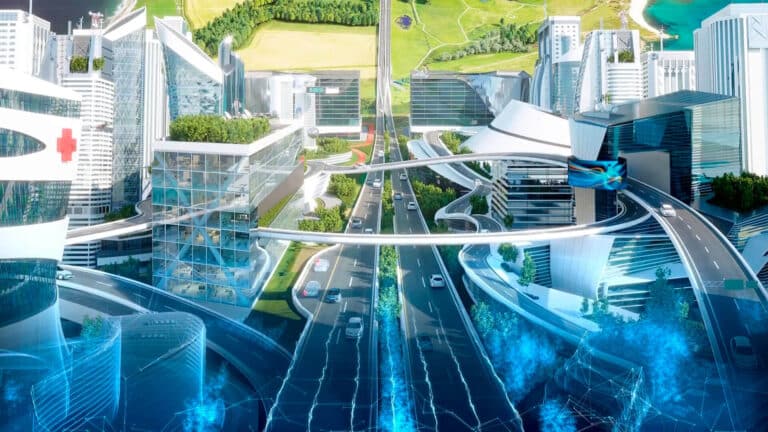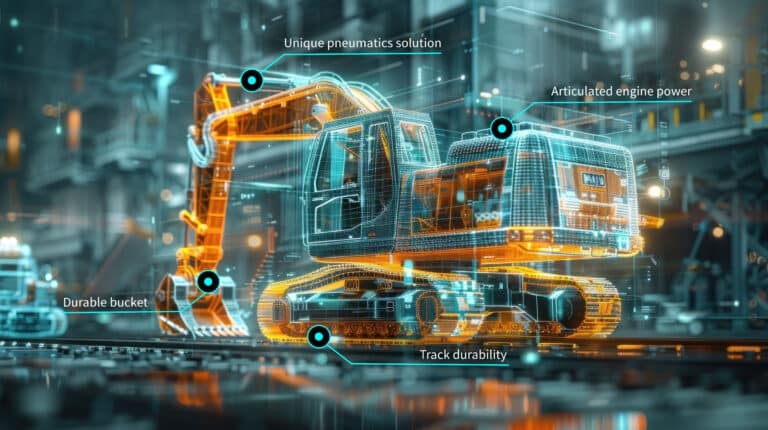How did each of you come to work with VR?
Ferhat Sen: I studied mechanical engineering and visual communications design, and am finalising my PhD focusing on virtual reality and interactive. I have worked with VR for the past ten years in various capacities.
Jyri Nolvi: When I studied producing and animation, I got interested in stereoscopic 3D. I joined Stereoscape more than six years ago and have since worked with various new technologies in the fields of 3D, holography, VR, AR and interactivity.
Daniel Leggat: I come from an industrial design background: in my native South Africa I studied product design. Gradually, I got interested in photorealistic rendering and became familiar with Unity: a graphics engine popular within the gaming context, which allows the programming of real-time experiences. This capability also forms the basis of VR architecture. I’ve been dedicated to working at the cutting edge of VR for the last five years.
Can you tell us about the Varjo project?
JN: A large technology client asked us to create a mixed reality ‘journey’ to show practical possibilities of 5G, to be installed in their executive experience centres at various locations internationally. We decided to create a portal – a physical door – through which the user, wearing the Varjo headset, walks into a virtual world, where four different scenarios can be explored, each highlighting the benefits of 5G in a different enterprise setting, for example a health clinic and a construction site. Whilst inside the virtual experience, the user still sees their own hands! This mix of the real world and virtual world provoked quite a few “wows” when we launched the experience.
FS: The experience is host-driven, meaning that whilst the user experiences the virtual scenarios, a guiding expert can follow their ‘virtual journey’ through an adjacent screen, guide them verbally, and switch between different scenarios using a keyboard. We also created an interactive presentation for a large touch screen that can be used by users to explore the various 5G offerings in more detail, either before or after the immersive XR session.

What was it like working with the brand new Varjo XR-1 headset?
FS: We chose Varjo XR-1 glasses as the ideal platform for this experience, because Varjo allows the user to see the real world smoothly through the headset, also seeing augmented reality elements on top of the real world. Another unique feature of the Varjo technology is the ‘human eye resolution’, which allows the user to see small details and even read small text within the virtual experience.
JN: From a creative point of view, the Varjo headset delivers exactly what it promises – high quality XR – which made the process of content creation for it really smooth.
DL: I was really inspired by how real and convincing you can make virtual objects look thanks to the ultra-high resolution of the Varjo headset. The true mixed reality capability of the platform enables a genuine ‘wow’ factor in the users of the experience.
Where do you see the Varjo glasses adding the most value to enterprise users?
FS: The Varjo headset is particularly suited to B2B use, especially for any sectors that require XR capabilities, and particularly for industries that would need the ability for the user to see the virtual elements in great detail and the ability to blend those virtual elements with the real world.
DL: I think the high-resolution and MR capability make Varjo glasses particularly valuable to anyone who needs to communicate a design, texture or process with great detail. Simulations and design contexts are obvious examples – such as training pilots that have to interpret information on dashboards; or designers that may want to try out and alter design decisions.

Why should we be excited about VR in the enterprise community?
DL: VR has a lot of power when you want to create a strong impact on the user your target audience. This is not just due to the novelty value of the technology, but the actual physical impact it has on the person experiencing it. VR (and mixed reality) tricks the brain into thinking you are physically ‘there’ in the virtual space, and actually experiencing the events. This creates a much stronger emotional and physical connection than you would be able to create via traditional / 2D media. The ability to integrate interactivity further pushes the engagement, creating memorable, high impact experiences for the user – be it in marketing, training or other applications.
Although your reach with VR may not be as high in terms of numbers as it would be for mobile apps or Youtube video; you are likely to create a far stronger emotional impact. It all comes back to communications basics: think about what you want to communicate, and to whom, and choose the appropriate medium to do so.
Read more:
Mixed Reality for training and other enterprise applications

